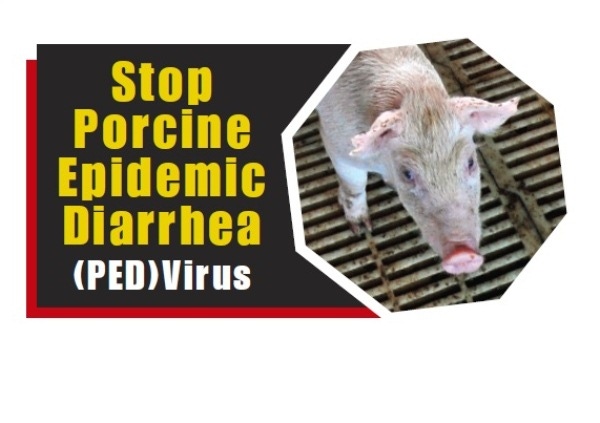August 29, 2013

Pork industry groups have convened transport and packing plant biosecurity meetings as part of a larger effort to implement measures to control and potentially eliminate porcine epidemic diarrhea (PED) virus, according to Harry Snelson, DVM, director of communications for the American Association of Swine Veterinarians.
The National Pork Board has facilitated meetings, in collaboration with the National Pork Producers Council and the American Association of Swine Veterinarians (AASV), with representatives from market swine packers and, most recently, the sow packing and buying station industries.
The objective of these meetings has been to discuss biosecurity concerns and to look for credible, workable and affordable solutions to enhancing in-plant and buying station biosecurity.
Like what you’re reading? Subscribe to the National Hog Farmer Weekly Wrap Up newsletter and get the latest news delivered right to your inbox every week!
Each group proposed a list of recommendations that could be implemented at most facilities to enhance biosecurity and minimize the risk of contamination and disease spread arising from the activities at the plant or buying station. The proposed recommendations for market swine and sow packers/buying stations can be viewed on the AASV website along with videos illustrating biosecurity options for entering and exiting live haul trucks and trailers.
These recommendations will be utilized by the three biosecurity working groups coordinated by Hans Rotto, DVM, Iowa swine industry consultant heading up the working groups, to develop more definitive recommendations and materials for biosecurity as the industry moves forward, according to Lisa Becton, DVM, director of swine health information and research for the National Pork Board.
The National Pork Board’s board of directors has provided a total of $800,000 to fund research into the control and elimination of the PED virus. The principle investigators have provided the first preliminary updates on the progress of their research projects. They will continue to provide updates every other week until the projects are completed. A spreadsheet with links to the latest updates is available on the AASV website.
You might also like:
Extreme Heat, Scarce Rainfall Could be Hard on Crops and Production Costs
Pondering the Zilmax Controversy, Pork Demand and Feed Cost Expectations
You May Also Like



